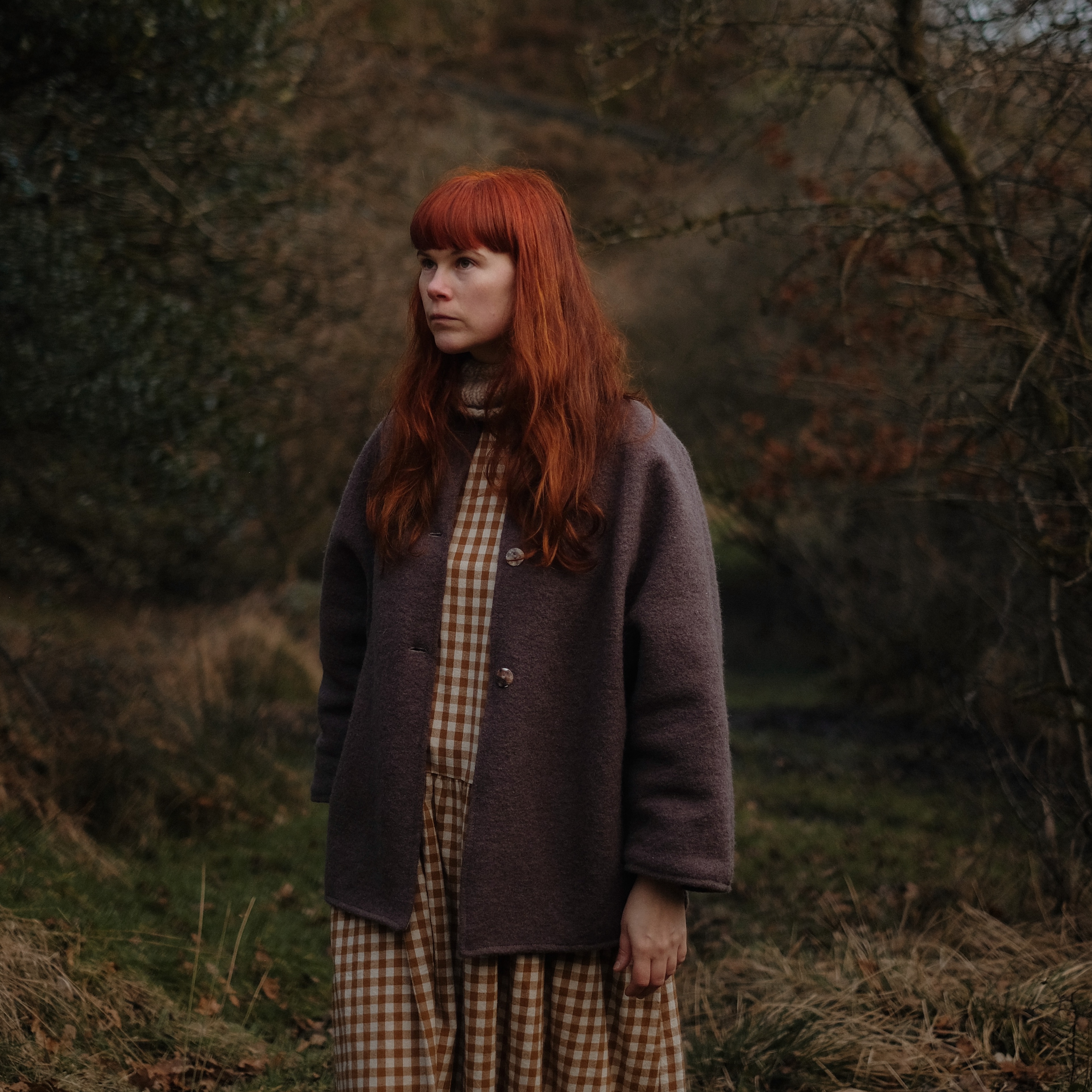The young British flower farmers championing sustainable growing
Flower growing is hard work, but the rewards — including minimising Britain’s huge flower importing carbon footprint — far outweigh the negatives, say three young growers.
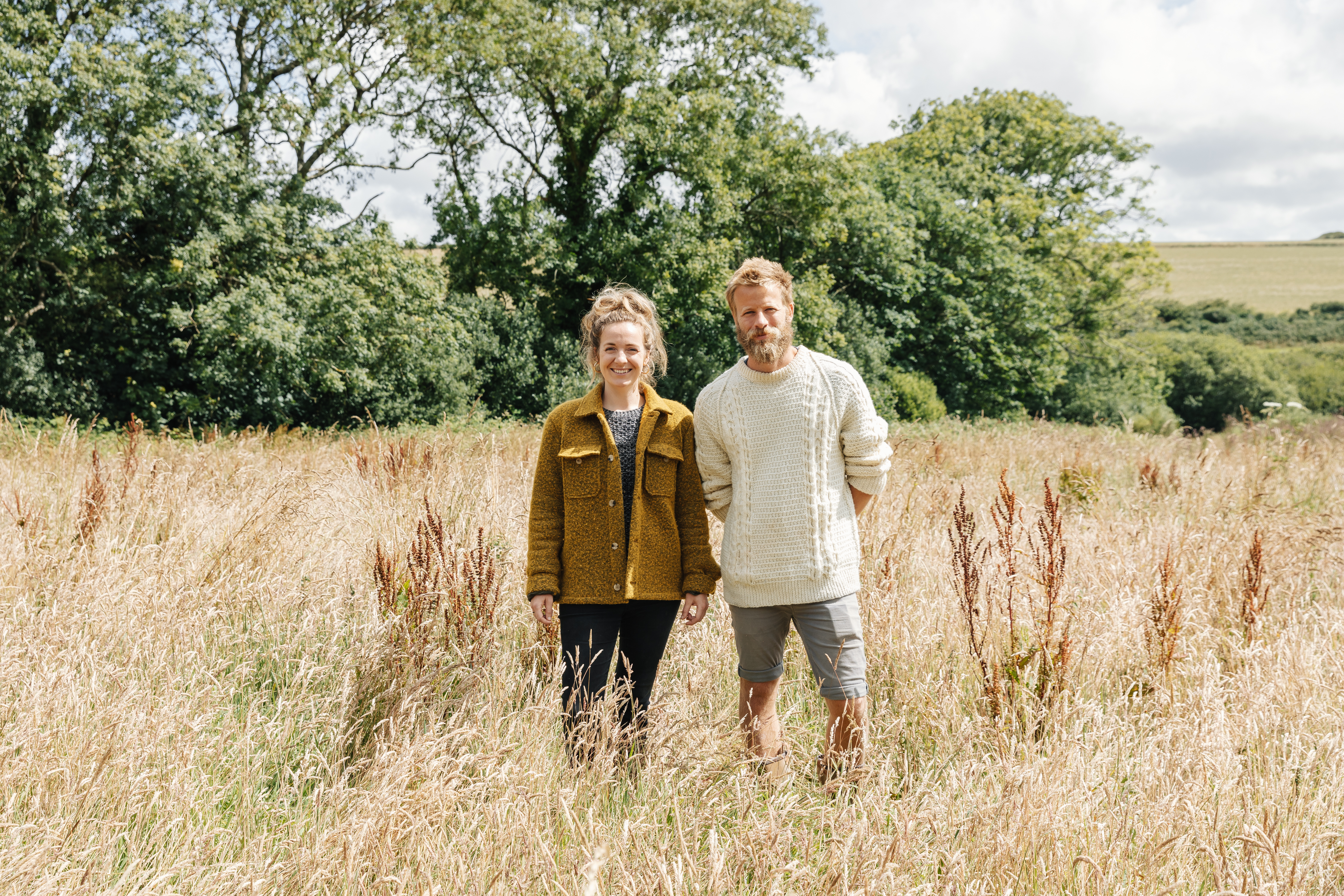

Toiling away in the fields growing flowers sounds like arduous work, but it is a blooming industry for those looking for a closer connection to Nature. Some of those involved started their journeys as big city florists, others have inherited their love of the land from family farms or childhood’s spent in the countryside, but everyone shares common ground in the enjoyment and satisfaction of being outdoors, and growing their own. As flower farmer and florist Milli Proust puts it: ‘Growing comes out of the desire to be greedy for flowers’.
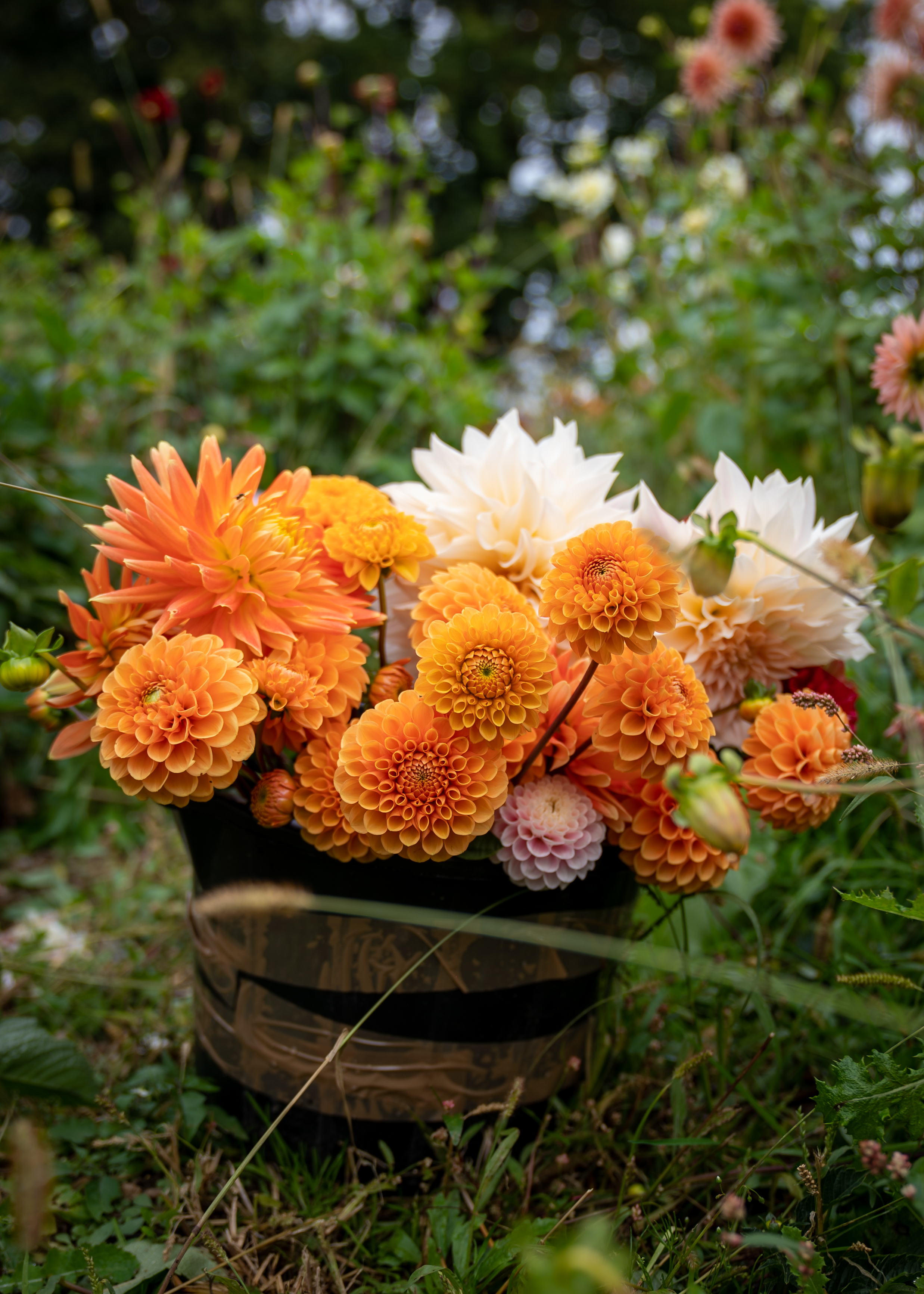
Alfie Nickerson's grows 20,000 varieties of flowers each year, but his all time favourite is the bushy dahlia.
There’s a huge carbon footprint involved with importing flowers — from the energy used to heat giant greenhouses, the water wastage and lack of regulation on pesticides, to the massive environmental cost of refrigerating and transporting them. The Guardian reported recently that around 90% of flowers sold in the UK are imported from destinations as far flung as Ecuador, Colombia and Kenya. So it just makes sense that sustainably-minded young people are championing the change to grow seasonal blooms right here, on their own flower farms.
From dalliances with dahlias to a sentiment for sweetpeas, budding flower farmers in their 20s and 30s are transforming where we buy our flowers and seeds from. There’s Alfie Nickerson of Burnt Fen Flowers in Norfolk, who grows 20,000 varieties of flowers each year alongside his beloved dahlias; Florence Kennedy of Petalon Flowers, who heads up a B Corp floristry business (the only one in Europe) and regenerative farm and has challenged herself to increase the percentage of Cornish-grown flowers in her bouquets each year. And Milli Proust and Paris Alma of Alma Proust who work together in West Sussex, concentrating on their seed crop while maintaining an organic approach to everything they grow, from sweet peas to roses.
All four growers acknowledge that farming flowers is a tough gig, describing the back-breaking work involved, constant exhaustion and long winter months spent in the mud and cold. ‘It looks like this beautiful life, but it’s basically the complete opposite,’ explains Nickerson, shattering the Instagram illusion. ‘You do all the work and then a muntjac breaks into the patch and you’ve lost 2,000 plants.’ Proust and Alma concur: ‘We’re so used to failure. Nature is in complete control. Two years ago, our entire crop of tulips caught tulip fire and we had to pull them out.’
Despite the lows of flower farming life, the highs keep them going. ‘There’s something about those first flowers after a long, dark winter,’ muses Kennedy. Nickerson agrees: ‘You notice everything so small. You have, obviously, this bonanza of flowers, but it’s all about being outside everyday.
Alfie Nickerson of Burnt Fen Flowers
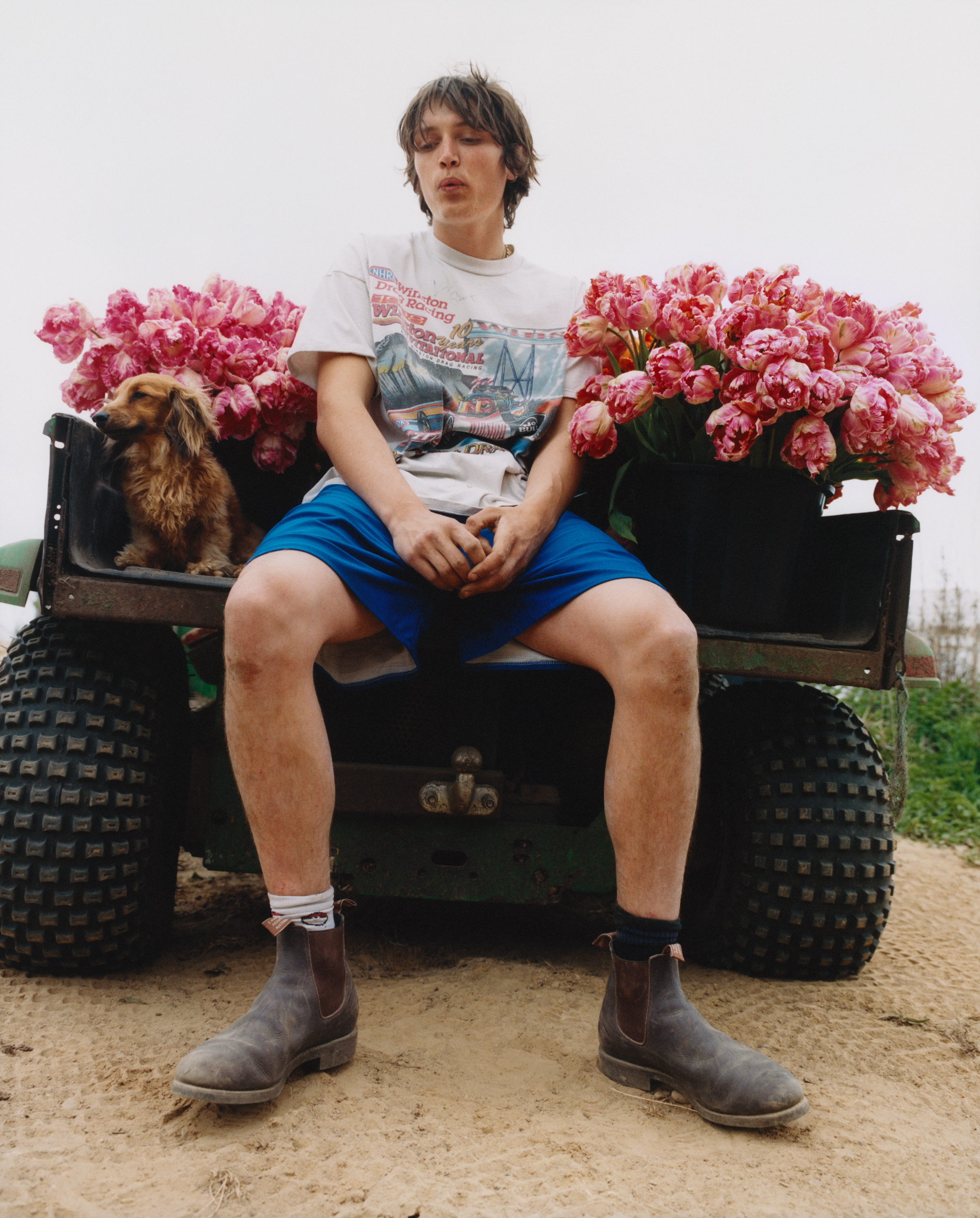
Nickerson, 29, left behind urban gardening in London to transform three acres of his grandfather’s land in Norfolk into a vibrant swathe of colourful blooms. A dedicated devotee of dahlias, the bushy flowers form the foundation of what he chooses to grow each year, mixing them among complementary flowers, with thousands of tulips arriving first. This will be his fifth year running Burnt Fen Flowers, although it took him three years to fully relocate from the city. ‘I didn’t think it was going to take over my life,’ he says, before admitting that his flower farm is now his number one priority.
Along with his team of seven local florists and a cousin who all help with growing, packing and bunching, Alfie practices biodynamic farming, which he learnt while volunteering with Jane Scotter at Fern Verrow, a renowned Herefordshire farm. ‘Everyone has this very sort of witchy view of biodynamics, but I have a much more wholesome view of it,’ he explains.
Exquisite houses, the beauty of Nature, and how to get the most from your life, straight to your inbox.
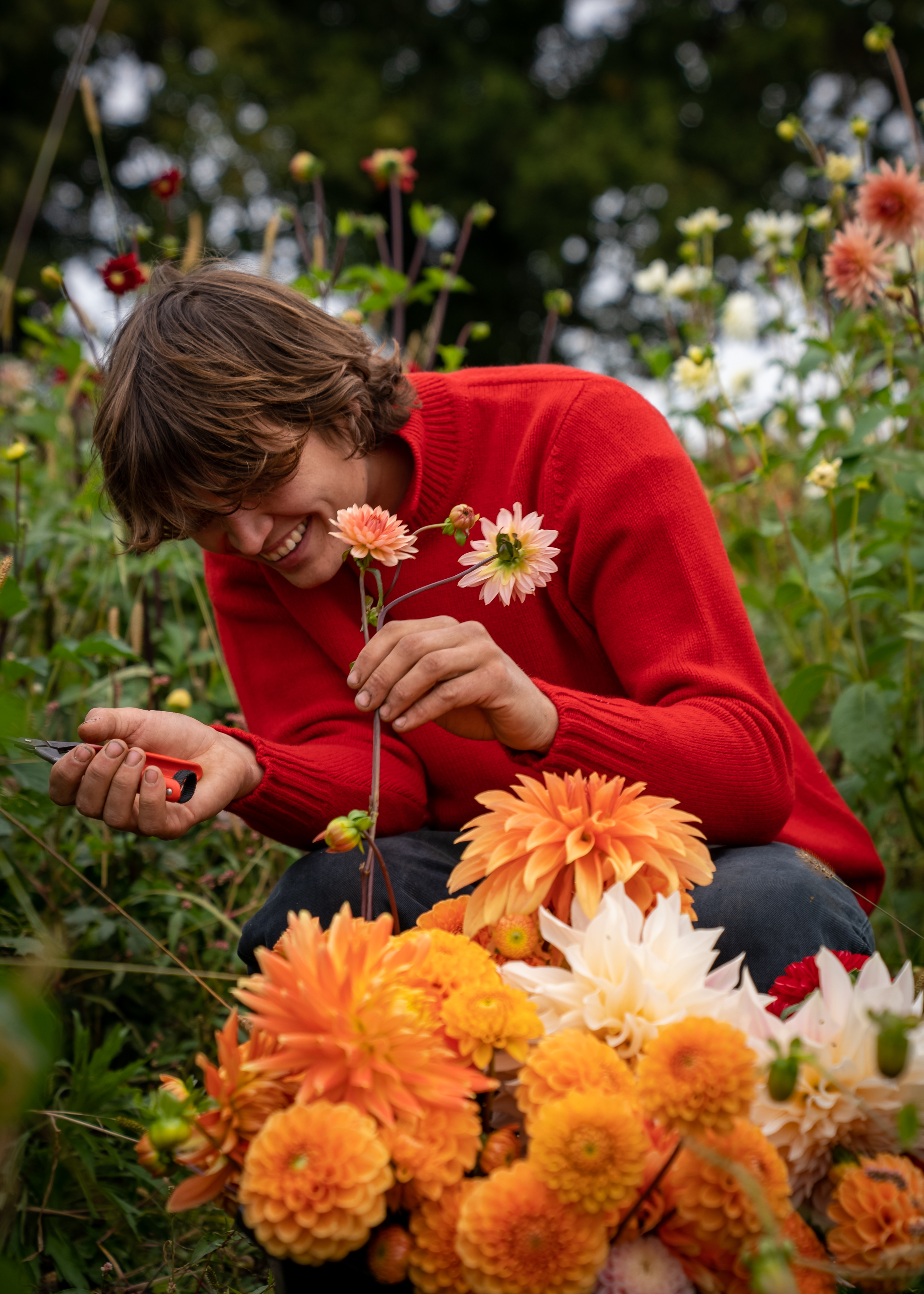
Deciding which varieties to grow has been a trial and error process; working out what works best as a cut flower, what grows well on his land, and what flowers he simply loves the most. Dahlias bring him so much joy because there are so many colours and shapes, and they just keep flowering. ‘When they start, they just don’t stop,’ he explains. ‘I’m obsessed with the pompoms, but I really love this one called Downham Peggy which is a deep purple and white, and flowers way into November.’
His advice for growing your own dahlias at home? Once they’re in the ground, soak them, allow them to dry out and then water them again. Keeping slugs off them in the beginning is really important (Nickerson recommends the beer bottle trick), but once they’re one foot off the ground, they will fend for themselves.
Why did he choose to grow flowers over vegetables — which were his original plan? It’s simple: ‘The beauty of arriving at a field with flowers, in my mind, is much more beautiful than arriving somewhere without.’
Milli Proust and Paris Alma of Alma Proust
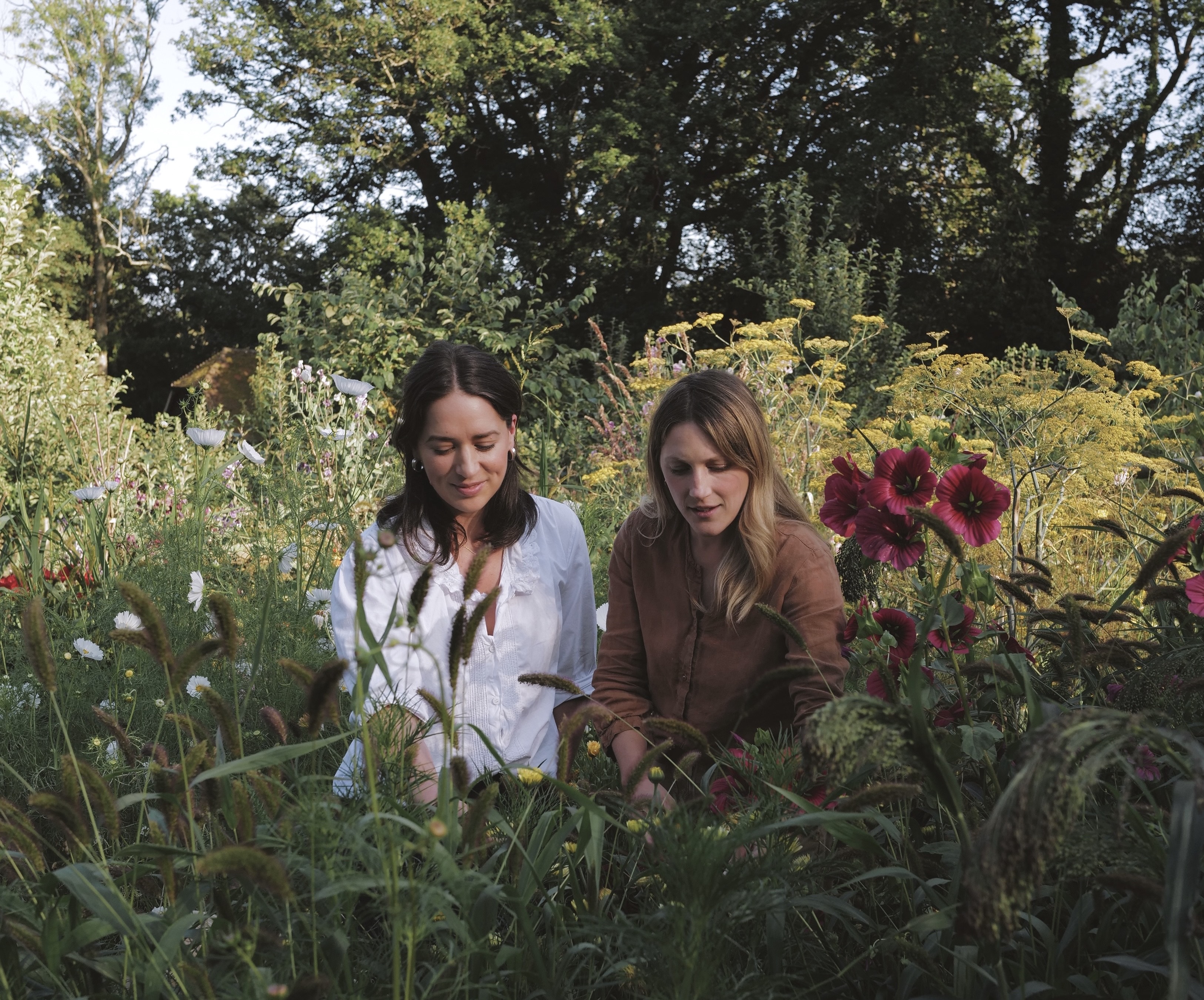
It might come as a surprise, but not all flower farmers are solely focused on growing blooms for weddings, events and other florists. Milli Proust and Paris Alma, both 35, decided to pivot their business from all that to focus on their shop, after coming to the realisation that installing displays was taking them away from what they really love. ‘We’re encouraging more people to grow flowers, explains Proust. ‘More beauty, more biodiversity!’
Alma has been in the growing business for six years, following a career as a ballerina. And Proust achieved her teenage dream of working with flowers when she first started working in the industry around a decade ago. They joined forces three years ago, when Alma lost her growing space and Proust was pregnant — and have found that working in tandem suits them down to the ground. ‘We have very similar goals and dreams, but enough tension within our tastes. We take care of each other.’
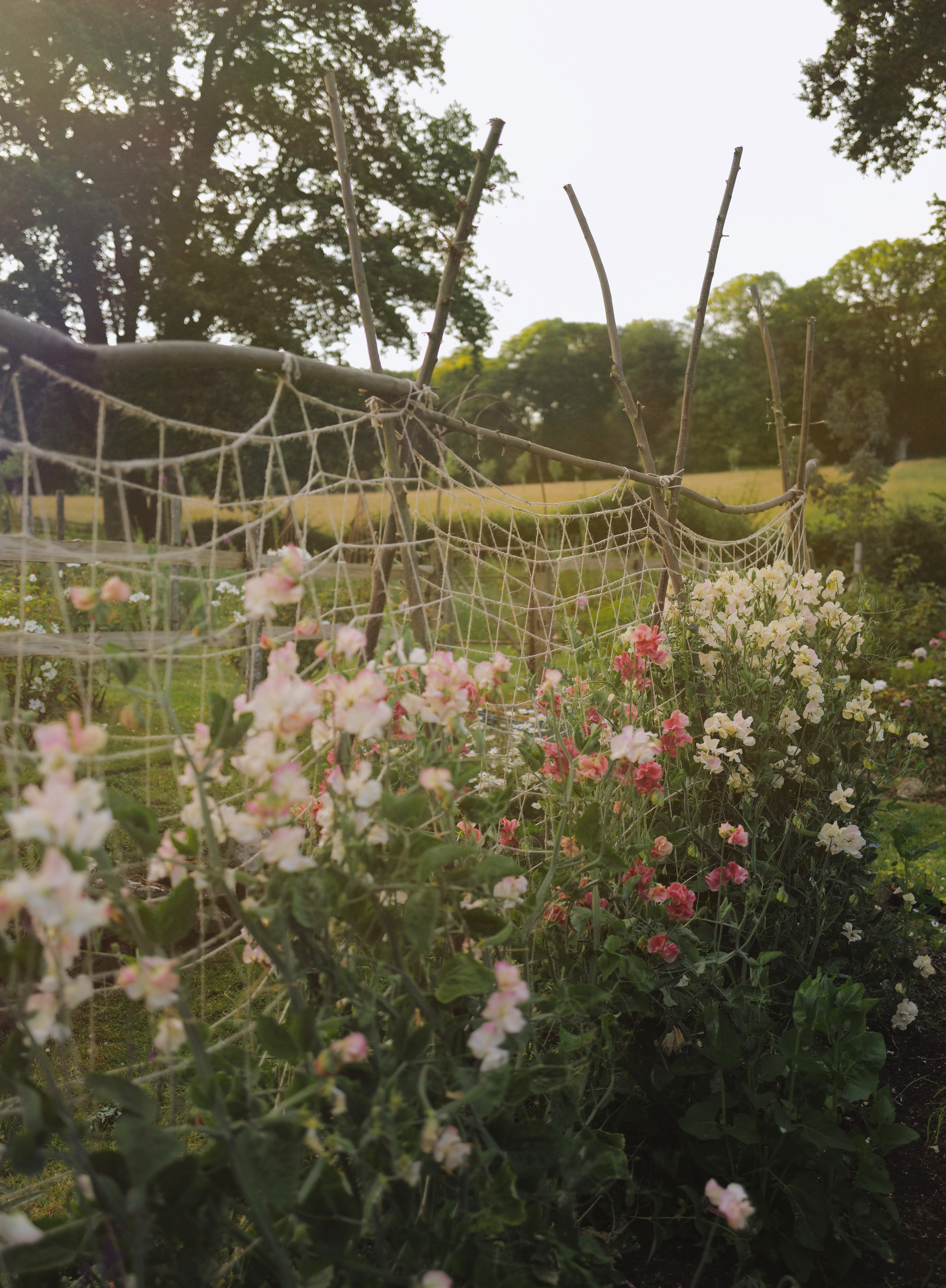
They previously split their operation between a rented field and ‘HQ’, a paddock adjoining Proust’s own garden, but are in the process of moving into a new, one acre field, scaling back their offering so that they can operate out of one single place. On this new site, sustainability remains a top priority; they’ll have a borehole and IBC’s to harvest rainwater for irrigation, make their own compost and are committed to never using chemicals, staying peat free and planting in mosaic patterns to encourage biodiversity.
And as for what varieties they grow… Thought Proust loves the beauty of roses and they’re trialling Schizanthus Pinnatus (poor man’s orchid), it’s sweet peas that come up trumps. ‘There’s something incredible about the paintbox of colours you can get from them,’ Alma says. The duo are part of the National Sweet Pea Society and have embarked on a 20-year long project, growing all 1,300 varieties to create both a visual library and genetic archive.
Proust and Alma insist that growing plants from seed is easier than you think. They suggest starting with ones that are easy to germinate (such as sweet peas and cosmos), consulting the resources available on their website and trying again when at first things might fail. ‘There’s always fluctuations in Nature that you can’t control,’ reassures Proust, ‘but it’s joyful when those little seeds do prick up,’ finishes Alma.
Florence Kennedy of Petalon

Florist Florence Kennedy, 38, started growing flowers to supplement her bouquets with the varieties she’d seen on social media, but could not get hold of in the flower markets. ‘I never imagined we’d be able to make a whole bouquet with our flowers,’ she says of Petalon, her Cornish-based farm which now offers field bouquets and stand-alone flowers, alongside imported ones.
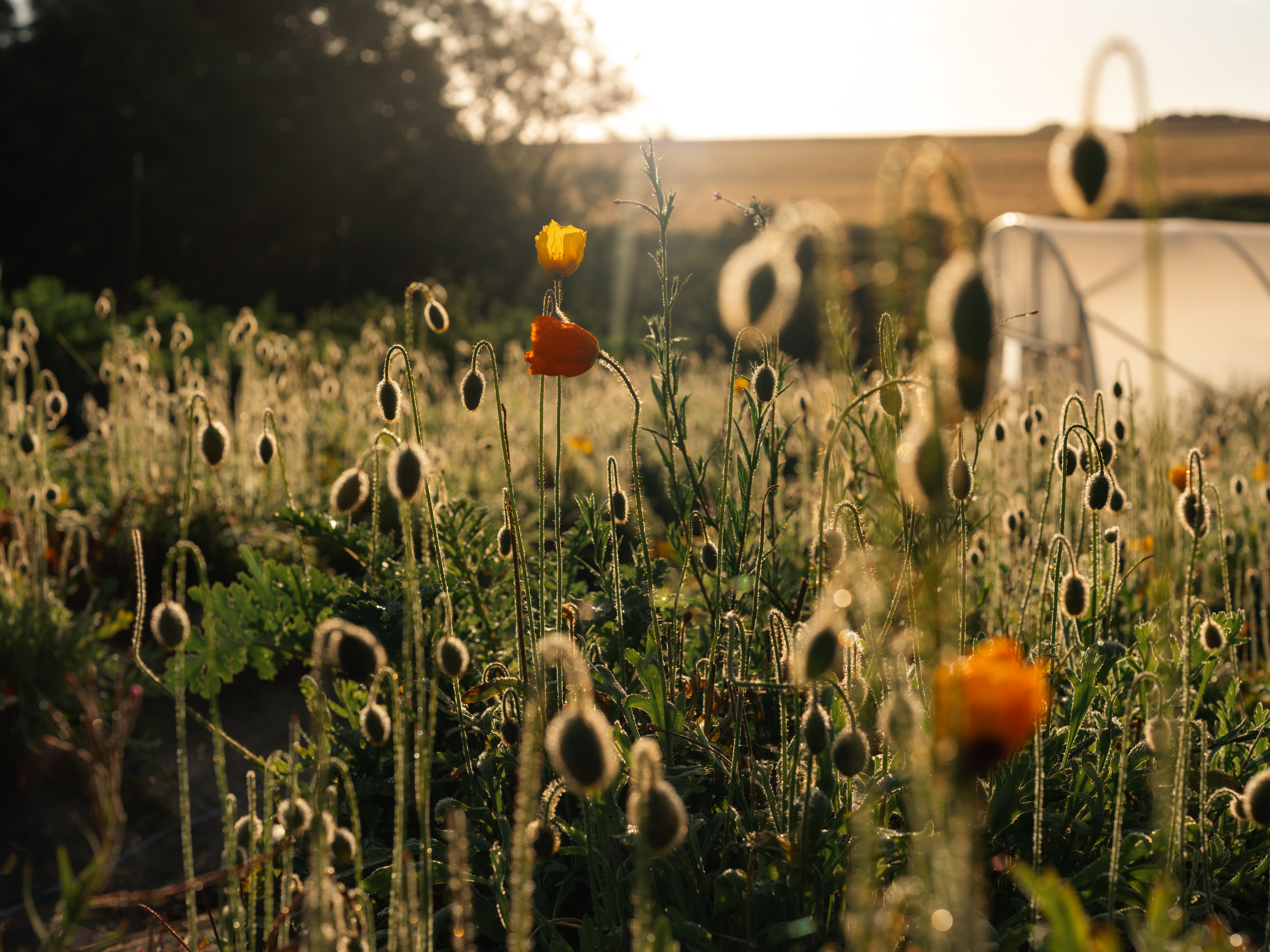
Petalon began in London, in 2014, as a flower-by bicycle delivery service. ‘Those initial days were about making something small and affordable, but also intriguing and beautiful,’ Kennedy says, going on to explain how she utilised her partner James’s existing bicycle business. The couple were busy relocating to the South-West when Covid hit, forcing them to change to traditional postal delivery, but allowing the business to move with them. Once resettled on the farm, Kennedy had the realisation that: ‘you can’t have a farm in the middle of lots of lovely fields and not give growing a go.’ She learned everything from scratch, with assistance from a flower farmer down the road and YouTube videos. What started in 2021, with one sloping field, now comprises 200 beds across five acres, filled with mostly annuals.
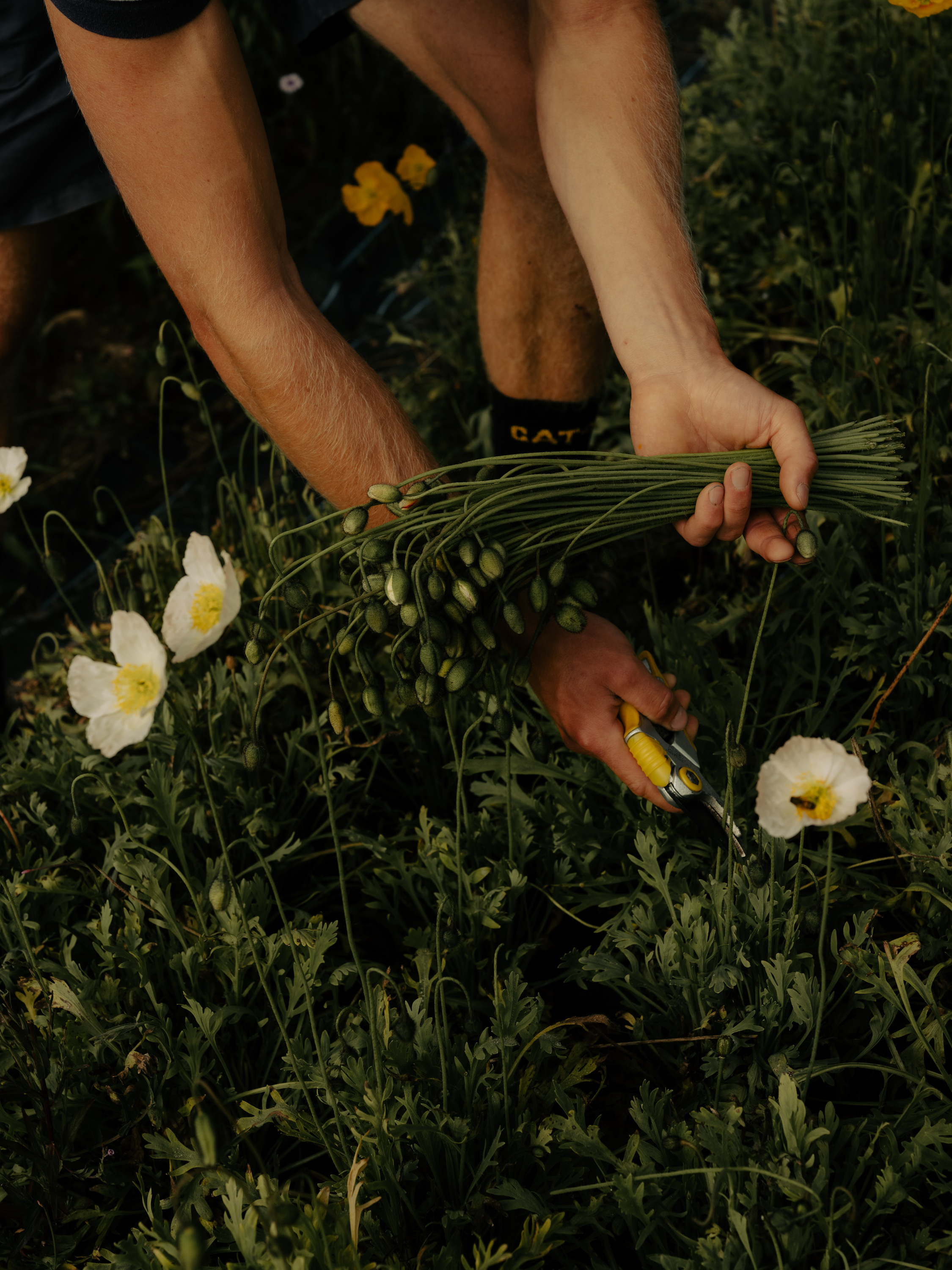
Petalon’s approach to growing is a little different to other farms because they have to plan exactly what they need for the volume of bouquets likely sold, including a mixture of varieties and colours so that they offer up something different every week.
From the very beginning, Kennedy adopted a regenerative and sustainable approach to farming flowers. Petalon don’t use any artificial fertilisers, weedkillers, pesticides or insecticides. If they get pests, such as aphids, they introduce natural predators, such as ladybirds. The farm’s energy is 100% renewable, sourced from their own solar panels, and they’ve planted 6,000 trees on their total 70 acres of land. Oh, and there are pet pigs whose all important job is to rootle around in the soil thus creating the best environment for the germination of seeds.
Kennedy’s top cutting garden tips? ‘It’s about staggering your planting and sowing so you have a continued harvest,’ she says. ‘You don’t want your garden to all bloom in one week.’ Kennedy also insists that you don’t have to be a florist to create arrangements for your home. ‘Often, I just like to snip a few stems… having narrow-necked vases saves time and immediately looks great.’
Based in the Yorkshire countryside, Emma is a travel and lifestyle writer, who also works as a travel, hotel and Nature photographer. She's wrote for Small Luxury Hotels, The Luminaire, Blumenhaus magazine, Lodestars Anthology and Staays.
-
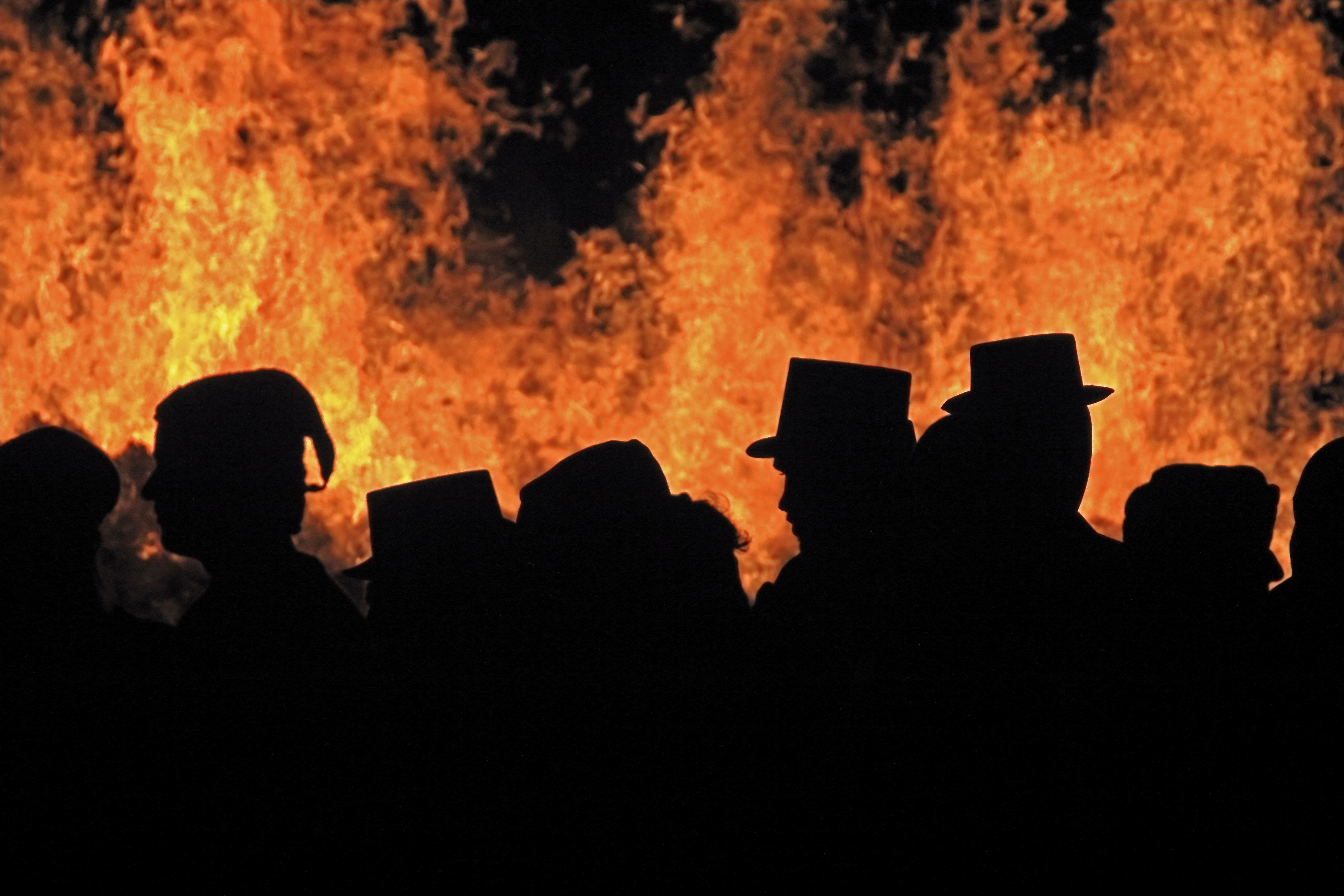 ‘Pope Paul V remains a popular effigy today, and gets blown up in Lewes most years’: A five minute guide to England’s wackiest Bonfire Night celebrations
‘Pope Paul V remains a popular effigy today, and gets blown up in Lewes most years’: A five minute guide to England’s wackiest Bonfire Night celebrationsThe market town of Lewes in East Sussex has not one, not two, but seven bonfire societies and its celebrations have been labelled the ‘only proper Guy Fawkes night left’.
-
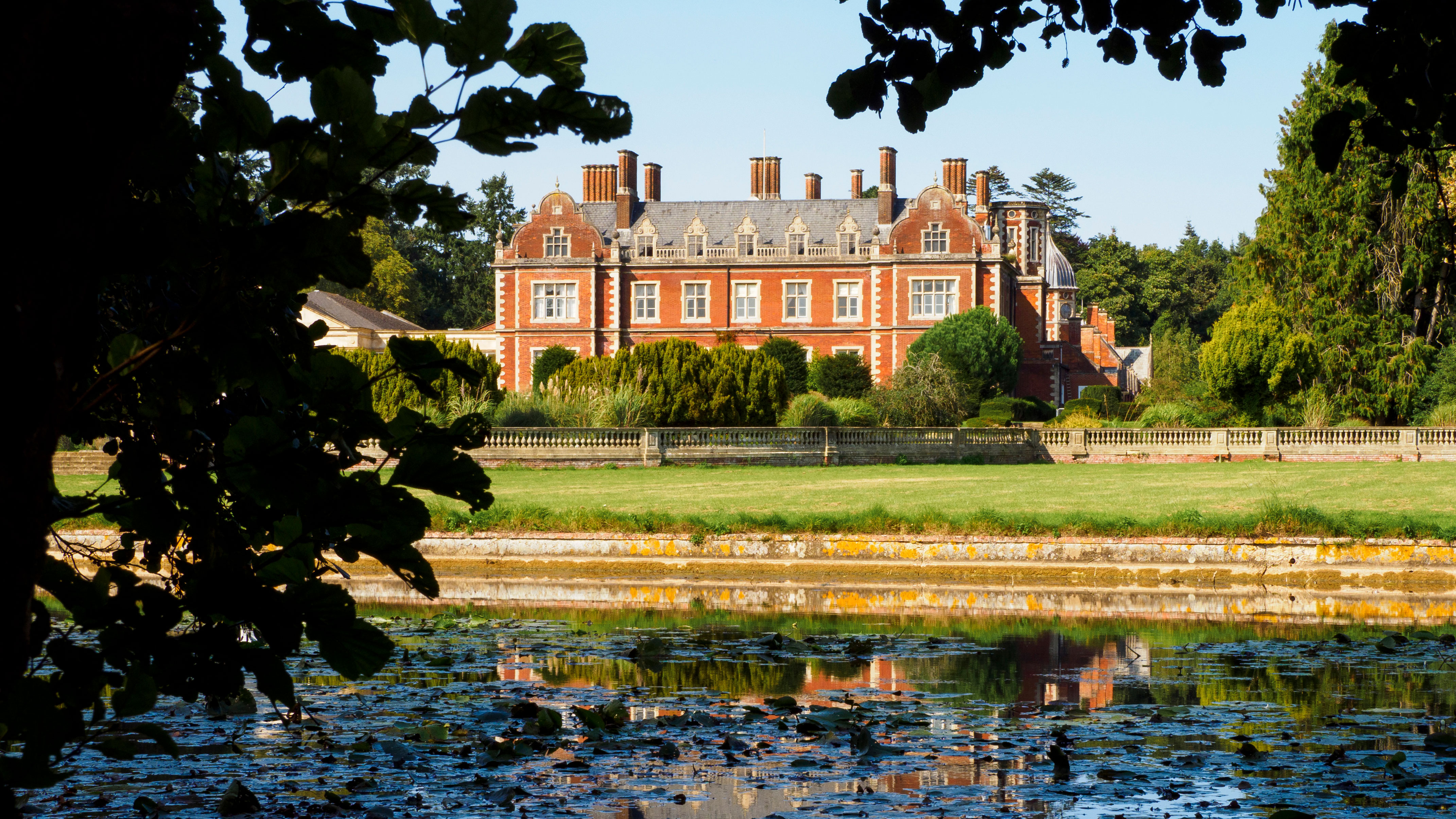 A country house that was the set for one of the best-loved sitcoms of the 1980s is for sale, with 40,000sq ft of space, 39 bedrooms and almost endless potential
A country house that was the set for one of the best-loved sitcoms of the 1980s is for sale, with 40,000sq ft of space, 39 bedrooms and almost endless potentialLynford Hall, a vast neo-Jacobean house that's been everything from a country hotel to an agricultural college, has come to the market. Toby Keel tells its story.
-
 Amelia Thomas: The woman who learned to talk to animals
Amelia Thomas: The woman who learned to talk to animalsAmelia Thomas, the real-life Dr Dolittle who spent years decoding how animals talk, joins James Fisher on the Country Life podcast.
-
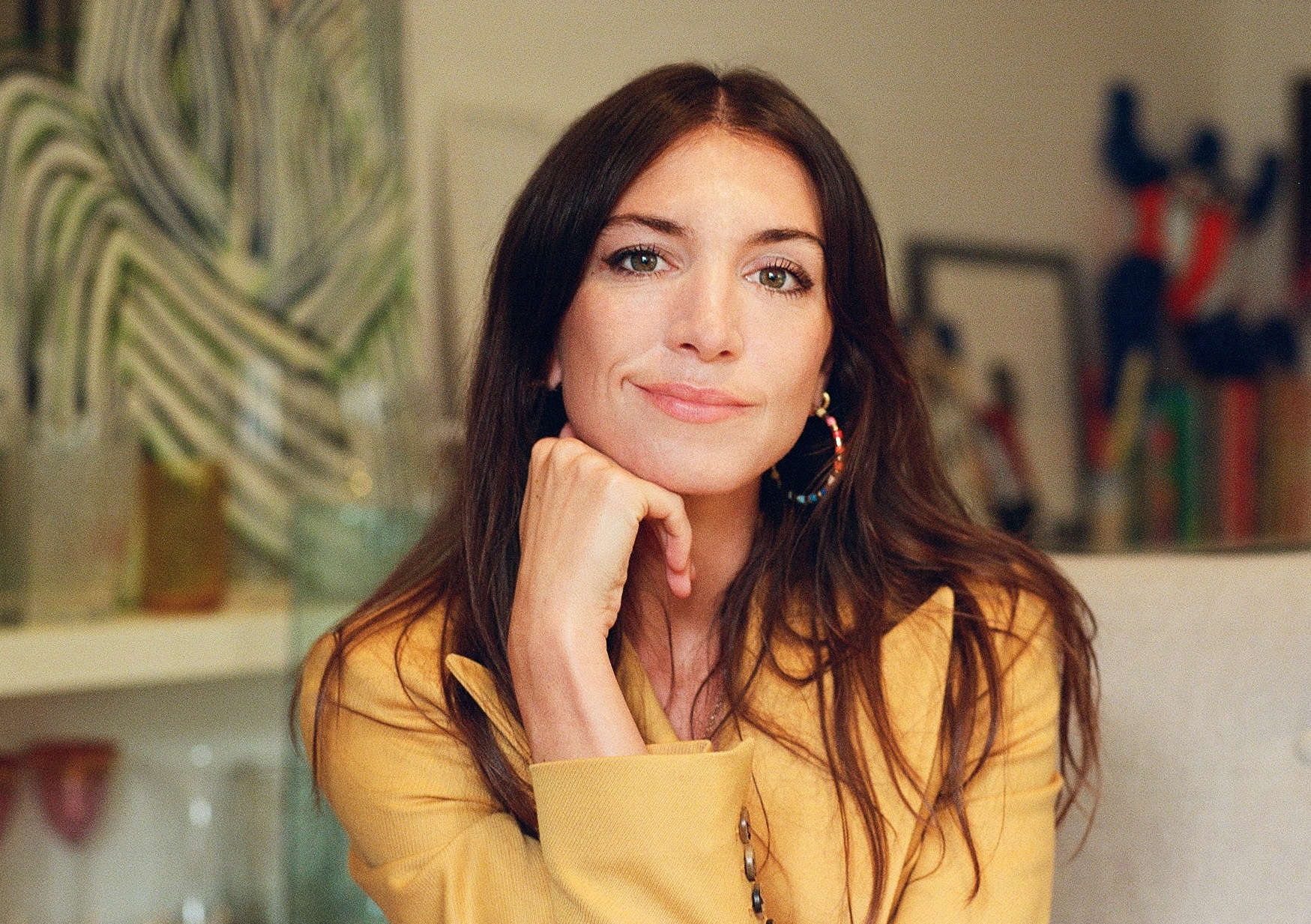 ‘So many of us look at the world through our screens and forget to pay attention to the world outside’: Katy Hessel on the world’s great female artists, why free entry to museums matters and her consuming passions
‘So many of us look at the world through our screens and forget to pay attention to the world outside’: Katy Hessel on the world’s great female artists, why free entry to museums matters and her consuming passionsThe author of ‘The Story of Art Without Men’ speaks to Lotte Brundle about the dangers of AI, how she fell in love with the art world and why it’s okay that her favourite painting is by a male artist.
-
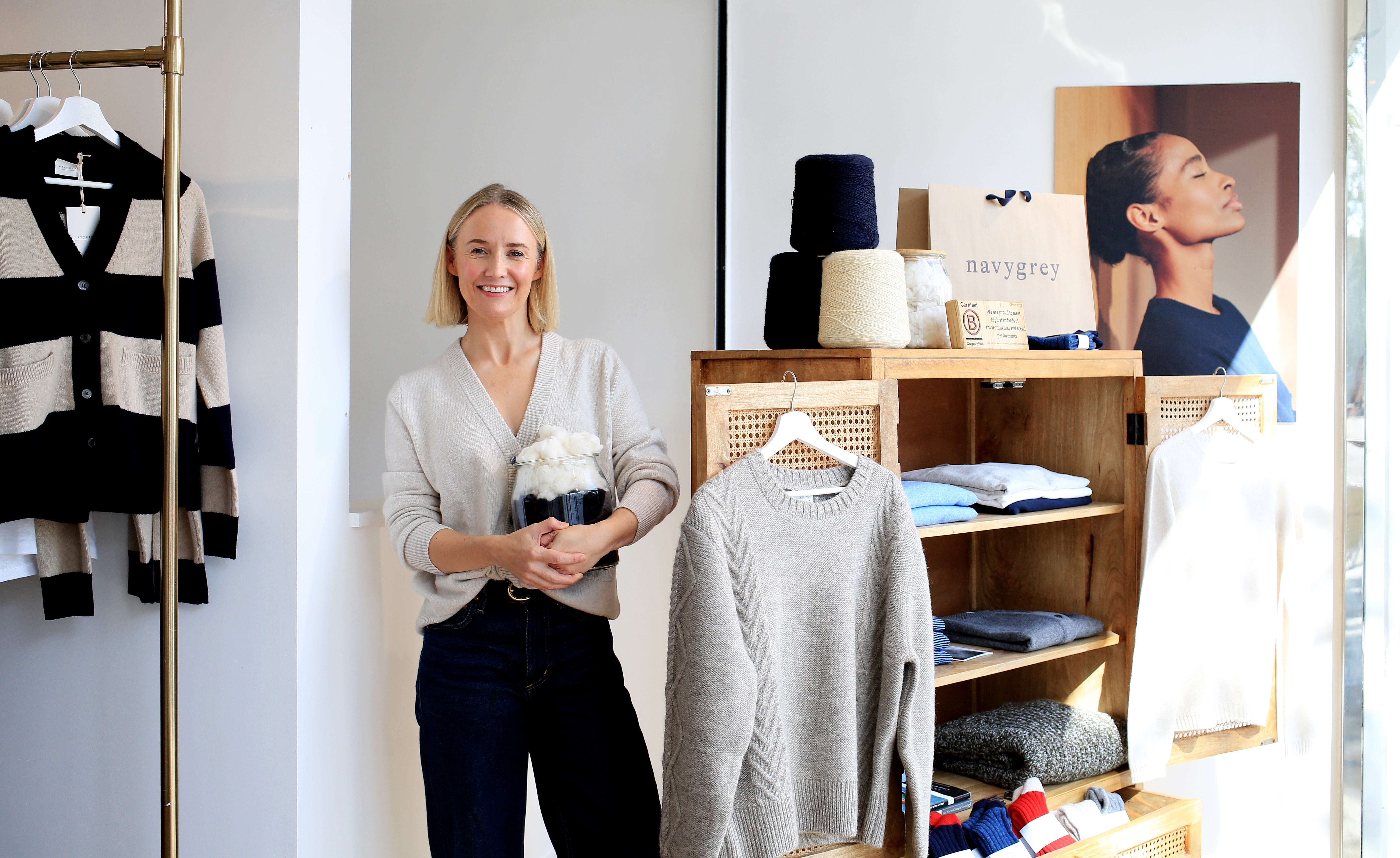 'My family wore wool at a time when everyone else had cast it off in favour of manmade fabrics': The knitwear pioneer who is one of David Beckham's countryside champions
'My family wore wool at a time when everyone else had cast it off in favour of manmade fabrics': The knitwear pioneer who is one of David Beckham's countryside championsJulie Harding speaks to Rachel Carvell-Spedding the founder of British knitwear brand Navygrey, and one of David Beckham's countryside champions.
-
 What is everyone talking about this week: Why we love period drama
What is everyone talking about this week: Why we love period dramaObservers cite a need for escapism, but Will Hosie thinks there's more to our enduring love of a period drama.
-
 ‘I’m not impressed by an Oxbridge education’: Author Jessie Burton on her acting ambitions, writing ‘The Miniaturist’ and her consuming passions
‘I’m not impressed by an Oxbridge education’: Author Jessie Burton on her acting ambitions, writing ‘The Miniaturist’ and her consuming passionsThe Sunday and New York Times bestselling author wrote her debut novel under her desk while temping as a PA for private equity companies. Lotte Brundle meets her.
-
 Guy Ritchie: 'My mother married an impoverished aristocrat with a knackered country pile. I've been chasing that dream ever since'
Guy Ritchie: 'My mother married an impoverished aristocrat with a knackered country pile. I've been chasing that dream ever since'The film maker opens up about his love for the countryside, and his friendship with Sir David Beckham.
-
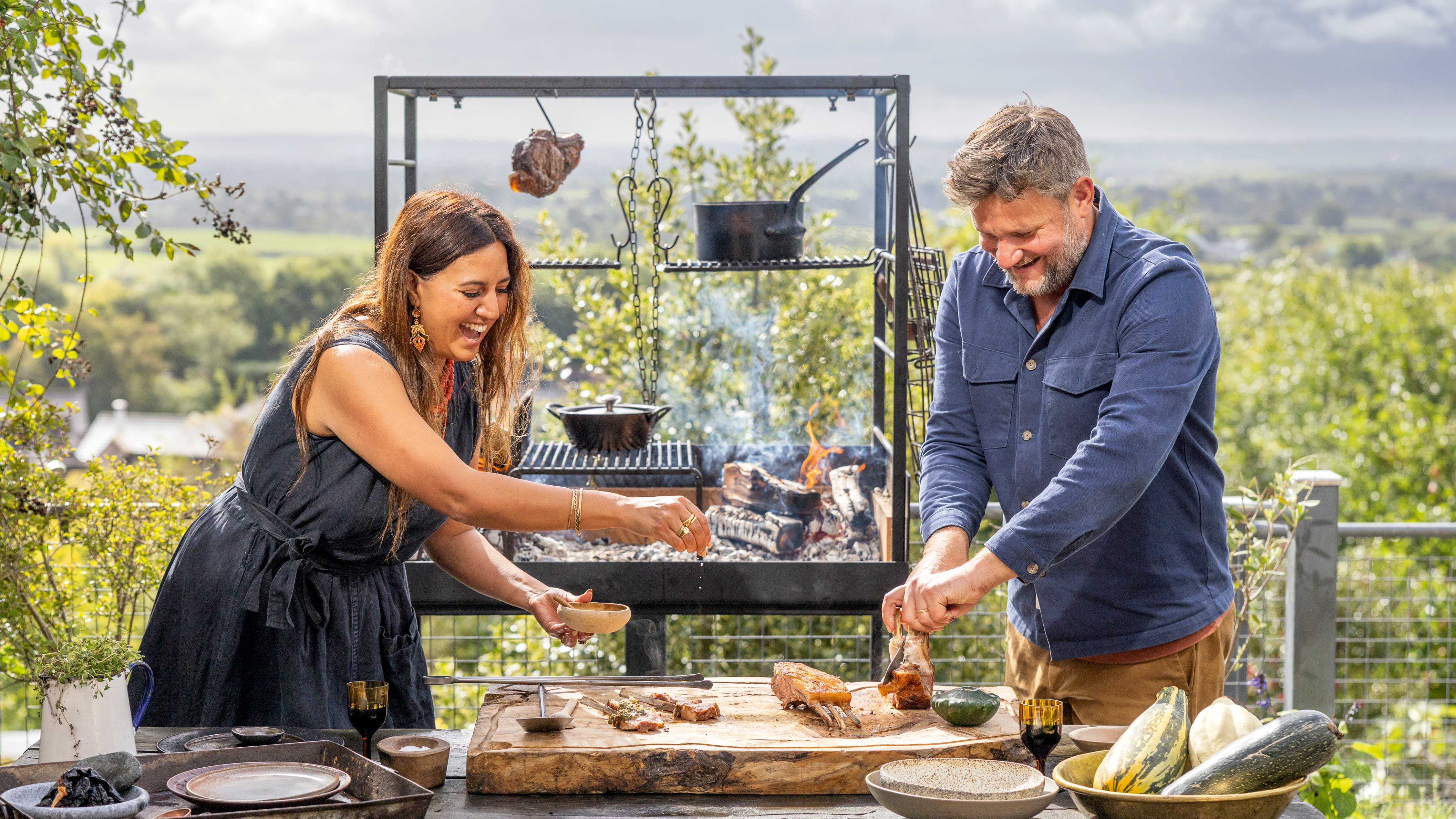 Barbecue it like Beckham: The 'lamb man' who taught David Beckham about fire cooking
Barbecue it like Beckham: The 'lamb man' who taught David Beckham about fire cookingTom Bray, is co-founder and director of Fire Made, a Somerset-based company specialising in outdoor cookery accessories and barbecues. He's also one of the countryside champions nominated by Sir David Beckham in his guest edit. Tom spoke to Julie Harding.
-
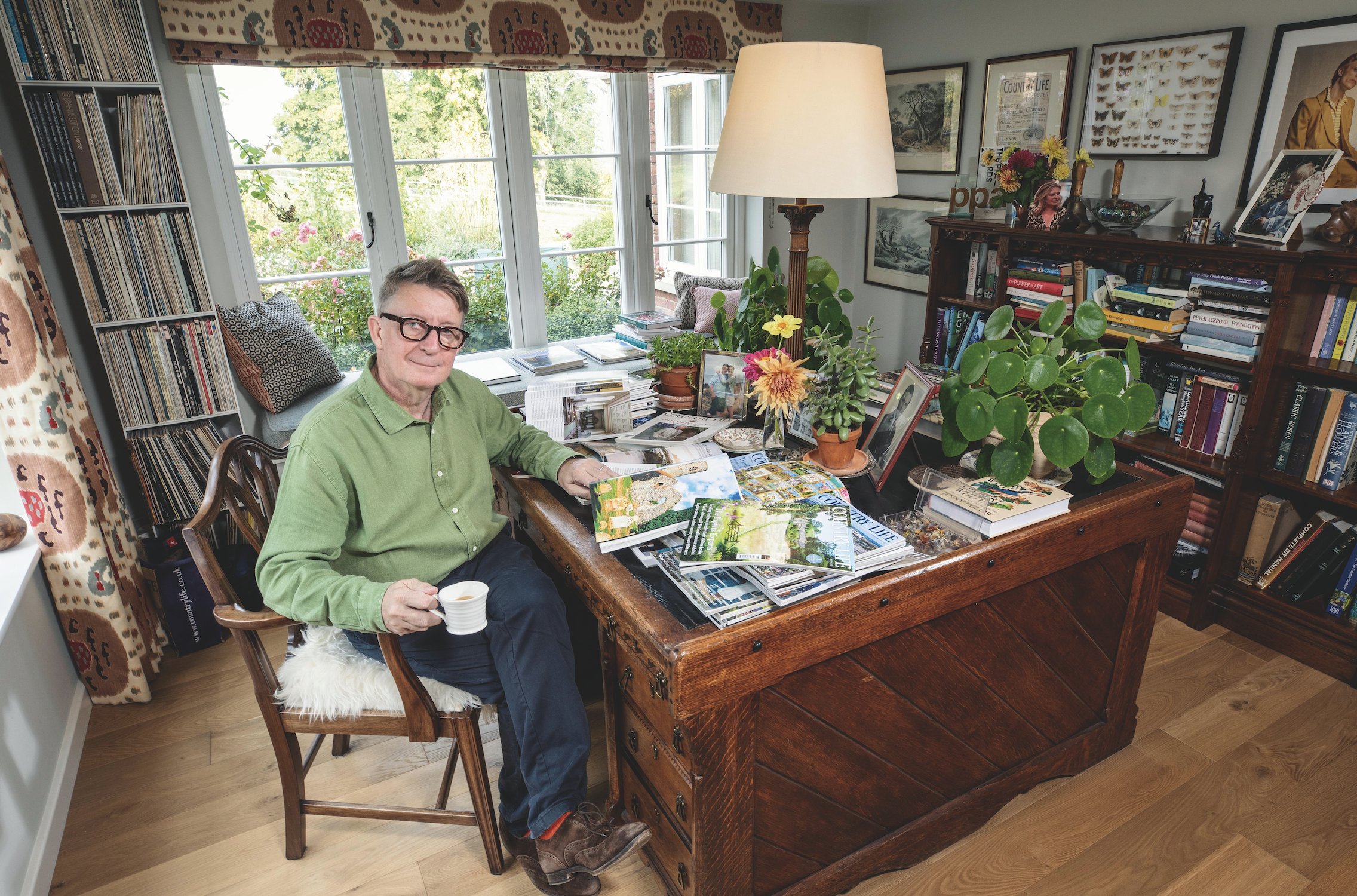 A grand milestone: Country Life's Mark Hedges celebrates a record-breaking 1,000 issues as editor-in-chief
A grand milestone: Country Life's Mark Hedges celebrates a record-breaking 1,000 issues as editor-in-chiefThe custodian of a 128-year-old British institution celebrated the milestone with a special edition guest edited by Sir David Beckham.
